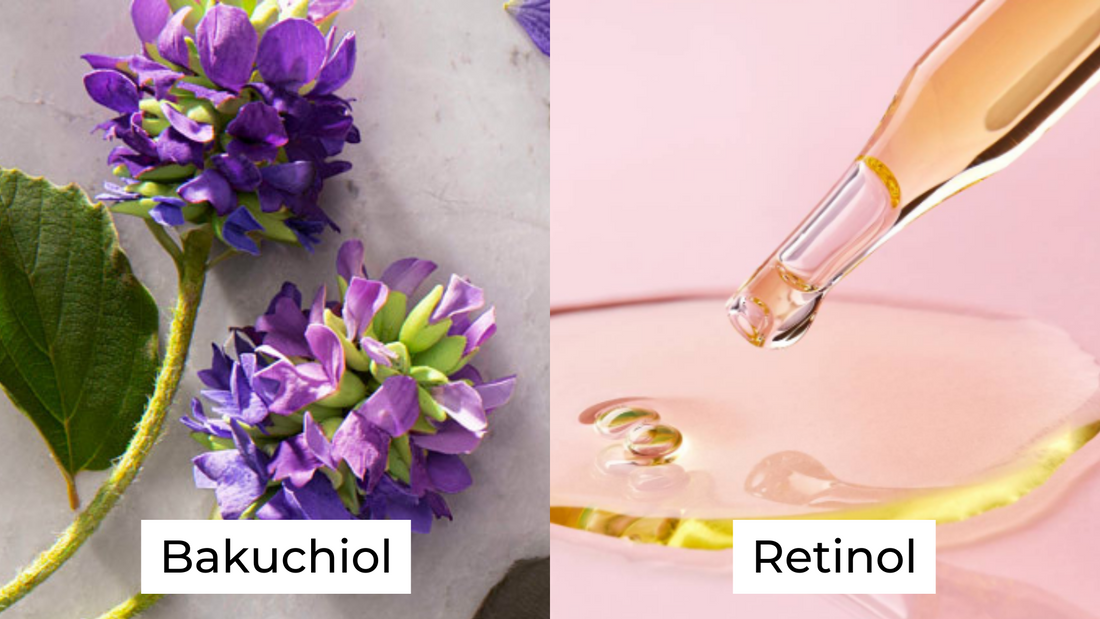
Vitamin A is such a popular ingredient in school of actives but many of us do fear using it. Did you know that Vitamin A is not just Retinol but also Bakuchiol? What’s the difference between them? We have jotted down some points that can help you understand both of them a bit better.
1.What is the difference between Bakuchiol and Retinol?
While comparing the same ingredient from different sources, we thought it’d be better if we highlighted some of the key differentiators to help you choose better. Here’s what you need to know:
- Source: Simply put, Vitamin A is derived from plants and laboratories. The one which we get from plants is called Bakuchiol and Retinol is a synthetic derivative. Confused on what’s the difference between Retinol and Retinoid? Read here!
- Stability: Most actives are not stable when stored in light and humid conditions. Hence, with Retinol, it is advised to preserve in a dark bottle and a drawer away from sunlight since it is photosensitive. This is not the case with Bakuchiol though. Bakuchiol is not photosensitive and can be stored in transparent containers. Another plus point of it not being photosensitive is that it can be worn during the daylight too.
- Skincare layering: This point’s winner is again Bakuchiol since with Bakuchiol it is easy to pair it with everything. However, we’d ask you to be mindful of the concoction that you’re creating on your skin. Skincare layering with Retinol is tricky since it can’t be mixed with ingredients like Vitamin C, AHA, BHA, etc. Retinol can be layered with Hyaluronic acid, Ceramides, Oils, etc. It is recommended to pair a mild moisturiser with Retinol.
- Side effects: While using Retinol, most have experienced purging. Purging is where due to cell turnover, the dead skin starts to shed and may be trapped in pores leading to small zits. However, if you let the skin be, the zits will go away with the use of Retinol. With Bakuchiol, you won’t see this effect. It is usually available as oil and helps increase cell turnover and reduce transepidermal water loss (TEWL).
Just FYI, we use Retinol liposomes instead of Retinol to help you avoid skin purging! Cool, right?
- Beginner friendly: We’ve all known how using Retinol comes with a guidebook. You have to ensure that your skin is completely dry and also that there is enough moisturiser to prevent peeling. You also have to ensure that no other strong actives are used to maintain the pH. However, with Bakuchiol, none of this is needed. You can use Bakuchiol with most of the actives and with or without moisturiser. This makes Bakuchiol more beginner friendly.
You are now one step closer to understanding what to pick to achieve plump skin!


